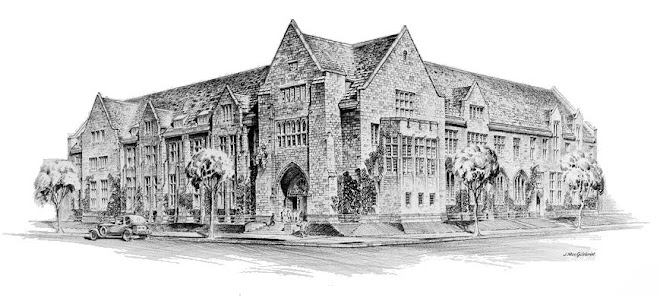Evidence for human habitation at the site extends far into the past. A well evidenced lithic industry, known as the Elkabian, has been dated to the 7th millennium. Early Dynastic remains (dynasties 1-2) are represented by a cemetery as well as a unique mastaba tomb constructed on the top of the cliffs towards the east. However, most of the standing architecture inside the city dates to much later periods. Remains of the Late Period temple of Nekhbet and the temple of Sobek and Thoth are poorly preserved, with mostly just the foundations remaining, but there are still fragments of inscriptions to be found, including the cartouche of Darius. There are remains of a sacred lake and what was probably a mammisi ("birth house"). A partially exposed settlement from the Ptolemaic Period in the south east area of the enclosure wall. Stay tuned for the next post about our visit to the tombs of the Second Intermediate Period/New Kingdom in the desert cliffs outside of the city of El Kab!
El Kab greeter

Dr. Moeller atop the massive, mud-brick enclosure wall

Straddling the enclosure wall (Photo by Judy)
.jpg)
Inside enclosure wall where Early Dynastic tombs were discovered (Photo by Judy)
.jpg)
Stefano tries to get an artistic photo across the sand! (Photo by Judy)
.jpg)
Temple Foundations

Cartouche of Darius (Photo by Judy)

Nadine with the magnetometrist (Photo by Jeff)

Our group leaving El Kab

El Kab Landscape

View towards the east







No comments:
Post a Comment